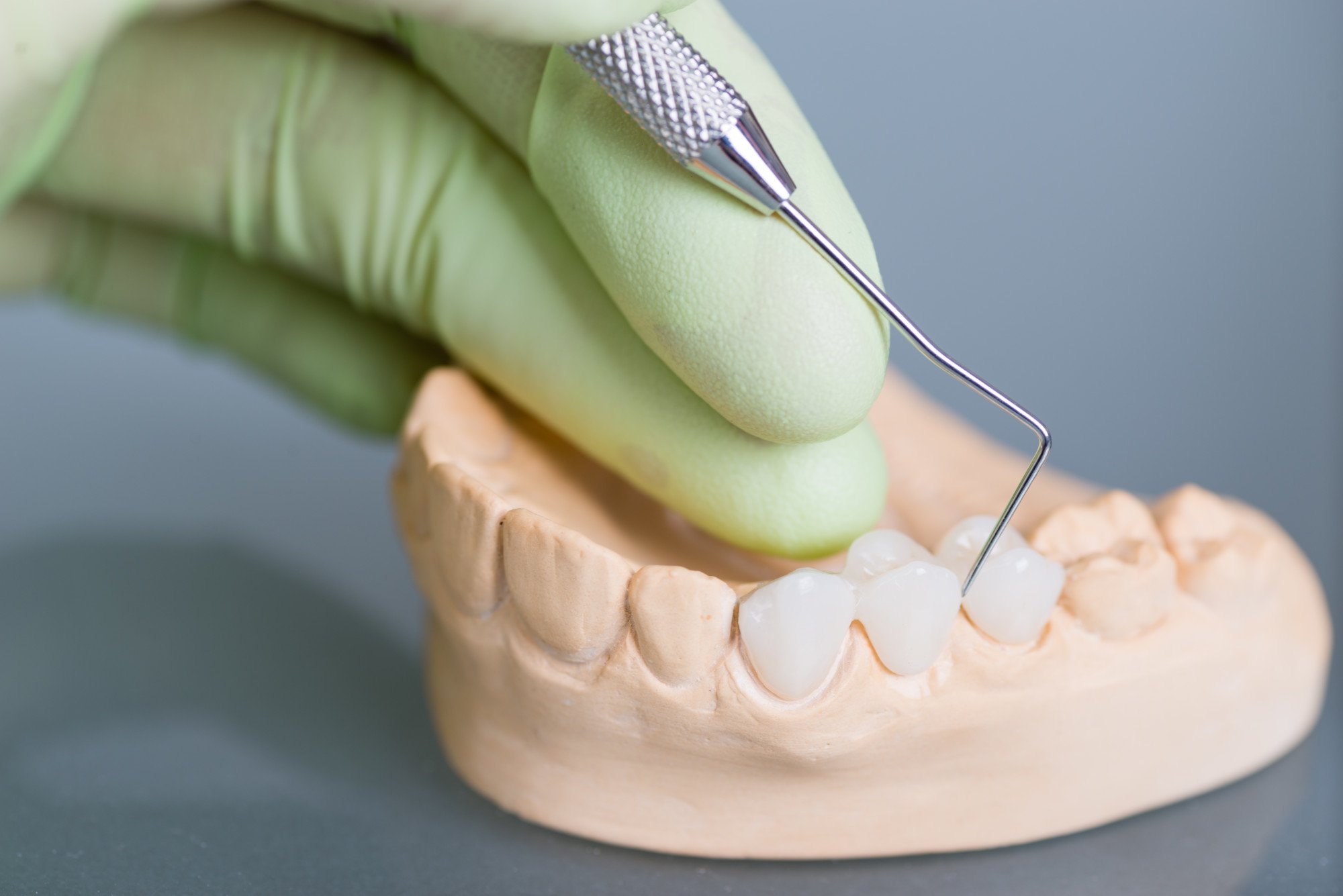
Do you want a long and healthy life?
An inactive lifestyle is one of the biggest habits to change if you want to be your best self. By increasing your physical activity and training your body, you’ll increase your lifespan, prevent unnecessary ailments, and boost your mental health.
But what are the dangers of an inactive lifestyle? What will happen if you exercise regularly?
Let’s explore some of the dangers of an inactive lifestyle and how you can beat them. Keep reading.
Increased Risk of Type 2 Diabetes
Living an inactive lifestyle carries huge health risks, and one of the most serious is developing type 2 diabetes. Without physical activity, the body becomes less able to metabolize glucose, and insulin levels can become unbalanced.
Glucose levels can increase in the blood, leading to the development of type 2 diabetes. Thus, it is important to maintain a healthy and physically active lifestyle to reduce the risk of developing this condition.
Cancer Risk Is High
An inactive lifestyle can lead to an increased risk of cancer. Not getting at least 150 minutes of physical activity each week can cause one’s body to become less efficient at fighting off carcinogens. It can lead to disruption of metabolic pathways.
Lack of activity can increase the risk of cancer. It can also reduce opportunities for early detection that can be caught through regular exams. Inactive people are more likely to gain weight, increasing their risk of cancer.
So, leading an inactive lifestyle can be hard on the body, as well as be a contributing factor to an increase in cancer risk. It is vital to exercise, eat healthy, and stay active to reduce cancer risk and maintain good physical and mental health.
Weaker Muscles and Bones
Living a sedentary lifestyle comes with many health risks and can decrease one’s quality of life. People who avoid physical activity are more likely to suffer from weak muscles and bones. Muscle atrophy occurs when the muscles do not get the physical stimulation they need and bones begin to shrink and weaken due to a lack of weight-bearing exercise.
In extreme cases, bones can become so weak that a simple fall can lead to a broken bone. This is especially troubling for aging adults, as the elderly are more at risk of falls, fractures, and physical disability. Weak muscles can lead to a decreased capacity to engage in activities and difficulties with everyday tasks.
Also, weak bones can lead to an increased risk of arthritis, and osteoporosis, a condition in which bones become brittle and are easily broken. Thus, it is vital to lead an active lifestyle to prevent the development of weaker muscles and bones. This can be done through regular exercise and a balanced diet to make sure your body is strong and healthy.
Poor Circulation and Heart Health
Poor circulation and heart health are at serious risk when an individual lives an inactive lifestyle. Without regular physical exercise and an active lifestyle, the blood vessels may become stiff, and blood pressure may increase. This can lead to inflammation and an increased risk of stroke and heart attack.
An inactive lifestyle can also increase the risk of developing high cholesterol, narrowing of the arteries, and arteriosclerosis. Exercise stimulates the production of endorphins, which help improve blood flow.
Attending fitness classes can help with consistency, motivation, and accountability. Peers and instructors provide helpful advice, such as how to improve circulation and helpful exercises. Finally, those who stay active are at less risk of developing poor circulation and heart health and will be able to lead longer healthier lives.
Mental Health Issues
An inactive lifestyle can lead to a variety of mental health issues. Without exercise, the brain’s response to stress, anxiety, and depression can become impaired. A lack of exercise can decrease the release of mood-boosting hormones such as endorphins and serotonin.
Those who stay sedentary may struggle to combat cognitive decline due to the lack of oxygen and glucose in the brain needed during physical activity. Fatigue from an inactive lifestyle can lead to disinterest in activities that are necessary for life. If a person is inactive for the time being, they can become socially isolated.
Also, they struggle with feelings of worthlessness and hopelessness. Regular physical activity is key to managing emotional and behavioral issues, reducing stress, and improving mood. From an emotional standpoint, physical activity helps release endorphins, hormones that reduce stress.
By being physically active, an individual can take an active role in improving their mental health through exercise. Furthermore, physical activity can be used as an outlet for feelings of anger and frustration. An inactive lifestyle can lead to mental health issues and should be avoided to maintain a healthy lifestyle.
Weight Gain and Obesity
An inactive lifestyle can be detrimental to your well-being, as it can lead to weight gain and obesity. Sitting for long hours at a desk job or spending most of your day in front of the television increases the chances of gaining extra weight. When our bodies are in a state of continuous inactivity, our metabolic rate slows down, resulting in a decline in caloric needs.
This usually results in an accumulation of unused energy in the form of fat cells and an increase in body weight. People leading inactive lifestyles are also more likely to engage in unhealthy dietary choices.
Eating high-calorie snacks and processed foods instead of nutrient-dense whole foods is a surefire recipe for weight gain. To sum it up, an inactive lifestyle can lead to many health problems, so getting up and being active should be a priority.
Learn the Dangers of an Inactive Lifestyle
An inactive lifestyle can lead to many dangerous physical and mental health risks. It is important to be mindful of our activity levels to promote physical and mental health.
We can all benefit from becoming more active by taking steps such as going for a walk or bike ride or joining a sports team. Taking action now is essential for a healthy life; be active today!
Did you find this article helpful? Check out the rest of our blogs!





